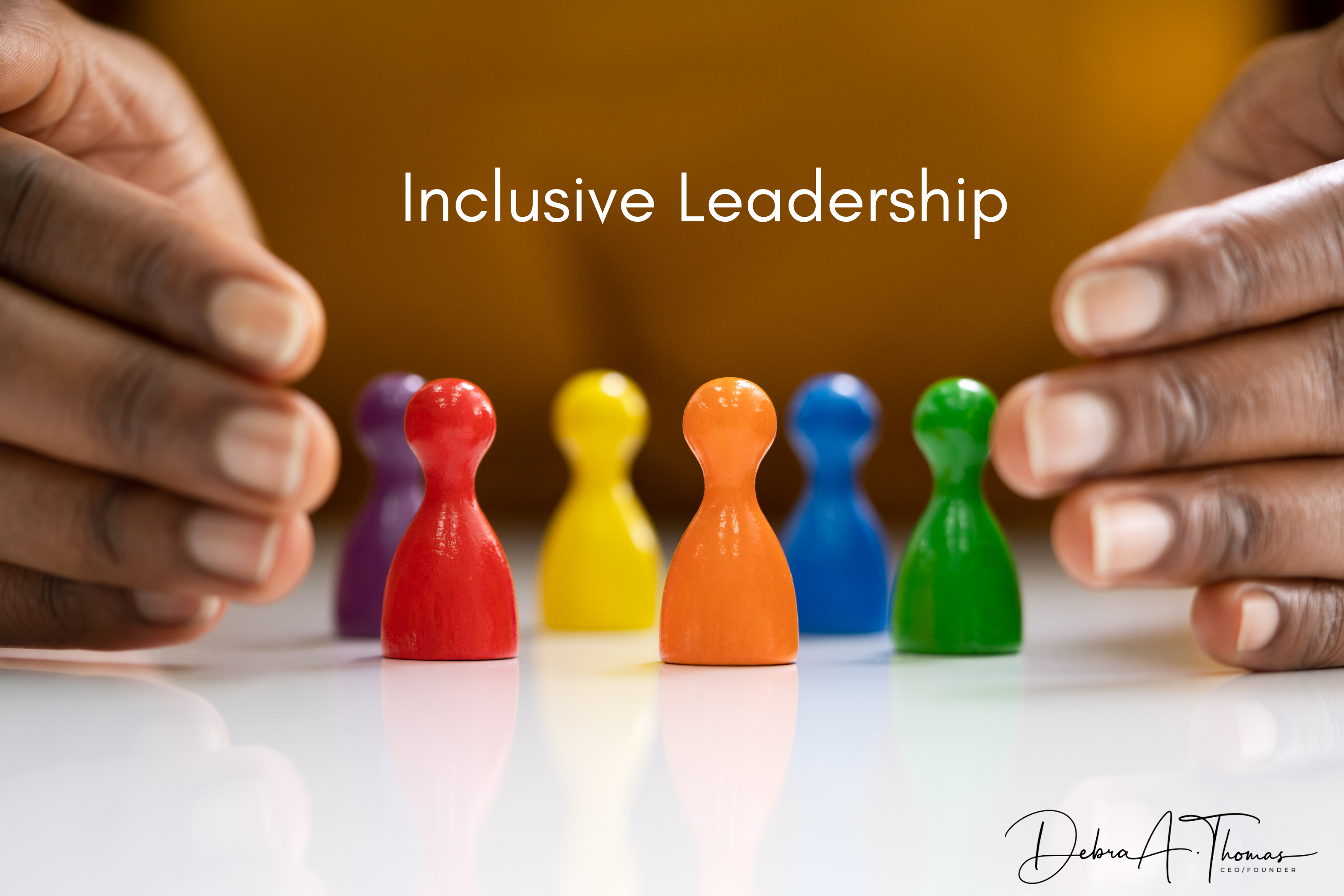How to Do Inclusive Leadership—the Right Way
In recent months we’ve heard courageous voices demanding social and economic equality, and leaders within many organizations have been responding to that call by examining their attitudes and practices.
Most of them have good intentions, but there’s a big divide between intentions and outcomes. In practice, inclusion often goes amiss, strategies for change go flat, and the potential for excellence is lost.
Have you or the leaders in your organization take a fresh look at their organization’s diversity and inclusion initiatives. Did they come away from the process with a desire to genuinely do better instead of spinning their wheels with measures that didn’t create lasting change? I want to share an outline on how to start doing things differently:
Increase your self-awareness. Inclusiveness starts with the leader at the helm. Begin by honestly asking yourself how well you genuinely embrace and engage in inclusion. Many leaders understand the importance of inclusion and diversity in theory. They are happy to advocate for it with their words, but they’re far less comfortable taking the kind of action that creates change. Commit to taking that action and make it a priority. When you do, your commitment will reverberate throughout your organization.
Expose your blind spots. Implicit bias is built into the human brain. That means that even the best of us—individuals and organizations—have blind spots that keep us from seeing things objectively. It takes an outsider to identify and start eliminating those blind spots, so find a consultant or coach you trust and give them a broad mandate to help you achieve change.
Deepen your relationships. After you’ve developed a higher level of self-awareness, you’re ready to begin working on social awareness—the way your beliefs and implicit biases affect your relationships with others. If you want your company to become more inclusive, start working on your own ability to create authentic relationships with your colleagues and employees. Changing an organization’s culture begins with simple acts of connection.
Invest in change. It’s one thing to say you want change, but you need to add money, time, and effort to your words to make it happen. Invest in resources and people. Spend time and energy working to confront challenges and create opportunities. Identify and study your gaps and find ways to bridge them. Do what it takes to make sure every employee feels valued and knows they matter and belong.
Embody courage. Being an inclusive leader isn’t easy. Some will criticize you for your commitment, and others will criticize you for not getting the results you want right away. But I believe that every leader should pursue this path with as much determination as possible. Change requires courage, and the best way of making it happen sooner rather than later is by forging ahead.
Lead from within: All change has to start somewhere, and genuine, meaningful inclusiveness has to begin within you as a leader.


